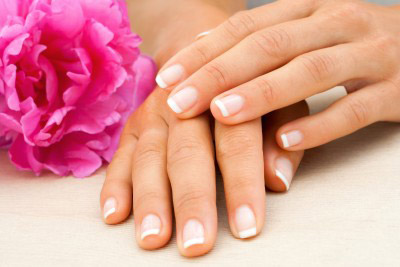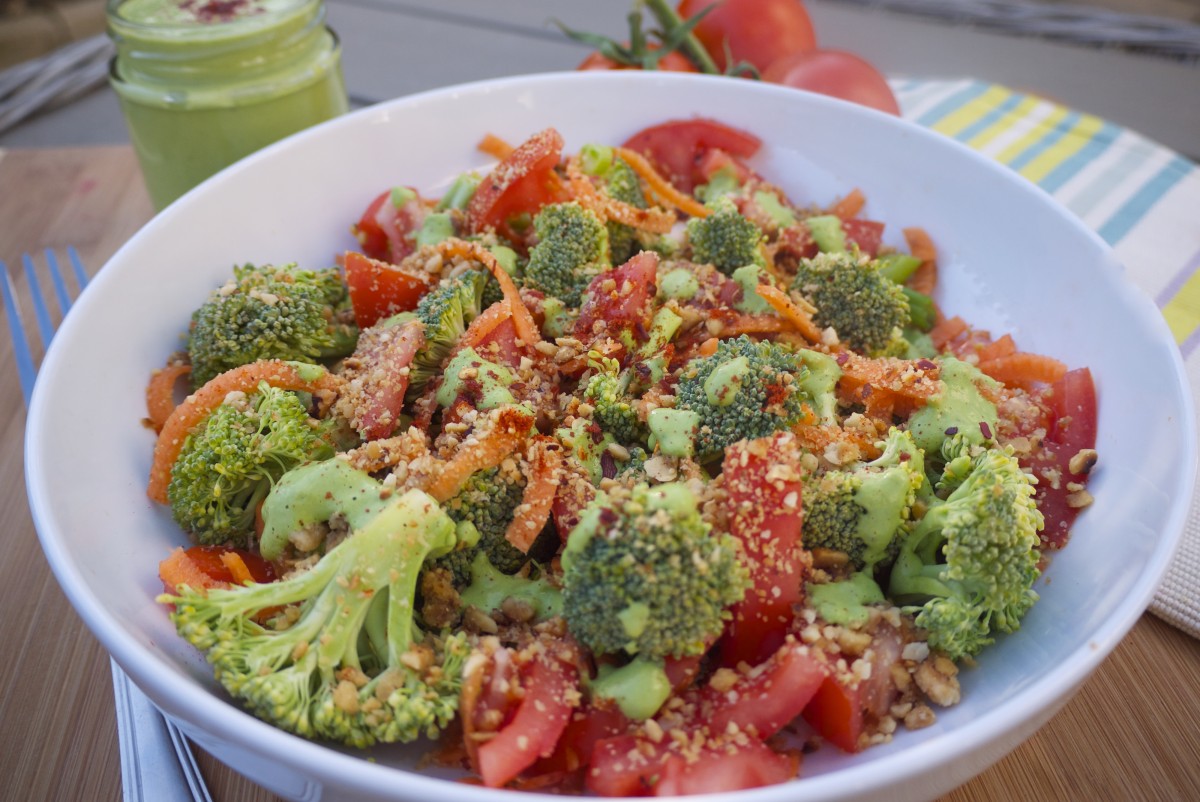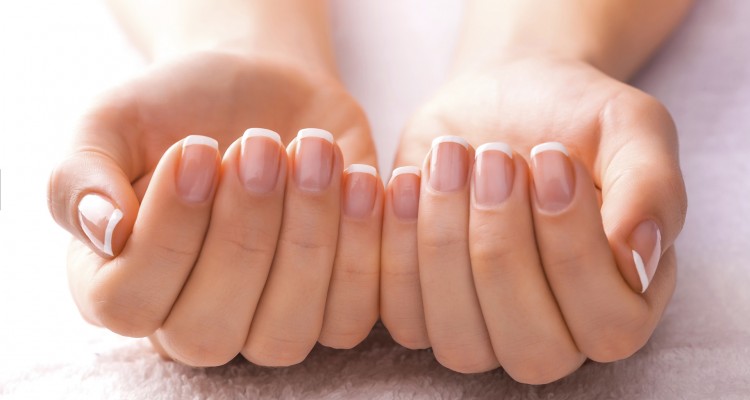Hi everyone!
Did you know that our nails can actually tell us an awful lot about our inner health? Our nails may be able to tell us information about the health of our blood and organs even before symptoms show up.
I’m definitely guilty of having painted nails most of the time, which makes me feel a little more groomed and ladylike at least, but it probably isn’t great for them. Though I do still keep an eye on their texture, strength and growth rate, in case of any major changes. Like my hair, my nails generally grow quickly and even more so in warm weather.

Our fingernails are mainly made from keratin, the hardened protein that also gives our hair its structure, and they’re a part of the structure of the outer layer of our skin. As new cells grow, the older cells become compacted and hard, and are ultimately pushed out to the tips of our fingers.
Ever wondered why we even have finger and toenails?! It’s to protect our sensitive, nerve-filled fingertips and tips of our toes from being injured. A thoughtful touch from Mother Nature!
This also means that the nutrients that are most beneficial to our hair, like iron, biotin and zinc, will also help our nails to grow.
Take a close look at your fingernails…. Are they strong and appear to be healthy or are they flaky and brittle, with ridges, dents or unusual colouration? Healthy nail beds should appear pink, indicating a good blood supply. Nails should be smooth and evenly coloured, without any grooves, spots or pitted areas. Although vertical ridges can develop with age and white spots can be a result of a knock to the nail.
Nutritional deficiencies and other health conditions often show up as changes or anomalies in our nails.
Here are some of the most frequent changes in nails from nutritional deficiencies and more serious health conditions:
Hangnails: These can be caused by a deficiency of protein, folic acid and vitamin C. Avoid pulling them off and use nail clippers instead, in case living tissue is also ripped off and an infection develops.
White Bands Across Nails: These can indicate a deficiency in protein.
Dry and Brittle Nails: This is generally due to a lack of vitamin A and calcium.
Fragile Nails with Horizontal and Vertical Ridges: A diet deficient in B vitamins, and especially biotin, or problems with absorbing them.
Excessively Dry Nails with Rounded Ends and Possibly Darkened: A deficiency of vitamin B12 usually causes this, though it can be reversed as a deficiency is resolved with B12 supplementation. Generally, a vitamin B12 only occurs in older adults with absorption issues and in long-term strict vegans and vegetarians, which is why I strongly recommend a good B12 supplement for anyone avoiding animal products. I take B12 daily 😉
‘Spoon’ Nails (nails that become concave) and/or Vertical Ridges: These look like nails that have been scooped out, and are usually a sign of anaemia caused by an iron deficiency.
White Spots on Nails: This generally indicates a zinc deficiency, but on just one nail it may simply be the result of a trauma to it.
Splitting Nails: This can often be from a lack of sufficient hydrochloric acid, needed in our stomach for breaking down foods. Ageing can contribute to lowered levels.
A Fungal Infection Under or Around The Nails and Discolouration: This can be caused by an imbalance of gut bacteria, with a lack of ‘friendly’ bacteria such as lactobacilli. It can also be a sign of candida overgrowth in the body, caused by a diet rich in simple sugars or alcohol, a weakened immune system and insufficient beneficial gut bacteria.
Nail Pitting: This can be seen as little depressions in the nails and is most often seen in psoriasis sufferers. It can also occur in those with alopecia, an autoimmune condition characterised by hair loss.
Clubbed Nails: This can indicate low blood oxygen levels and different types of lung disease, plus heart disease and inflammatory bowel disease. The fingertips enlarge, with the nail curving around them, which can develop over a number of years. Hippocrates was the first person to pinpoint nail clubbing as a diagnostic tool for heart and lung disease.

So What Can We Do About It?
Firstly, If you do notice changes in your nails like those listed above, I recommend you arrange to see a qualified nutritionist or visit your GP for blood tests to check for underlying health conditions.
For stronger, longer and healthier nails that don’t flake or break, focus on eating all the foods that most benefit our hair and skin, as these will also build up better nails.
All of the recipes on this site are specifically designed to nourish our skin, hair, nails and body. Leafy green veggies, colourful fruits, healthy sources of fat like nuts, seeds, avocados and coconut and protein-rich beans, lentils and quinoa are all excellent nail foods. Whether you choose to include good-quality organic meat, fish and eggs in your diet from time to time or not, eating a wide range of different plant foods each day will also help to ensure we get all the nutrients we need for healthy and normal nail growth.


